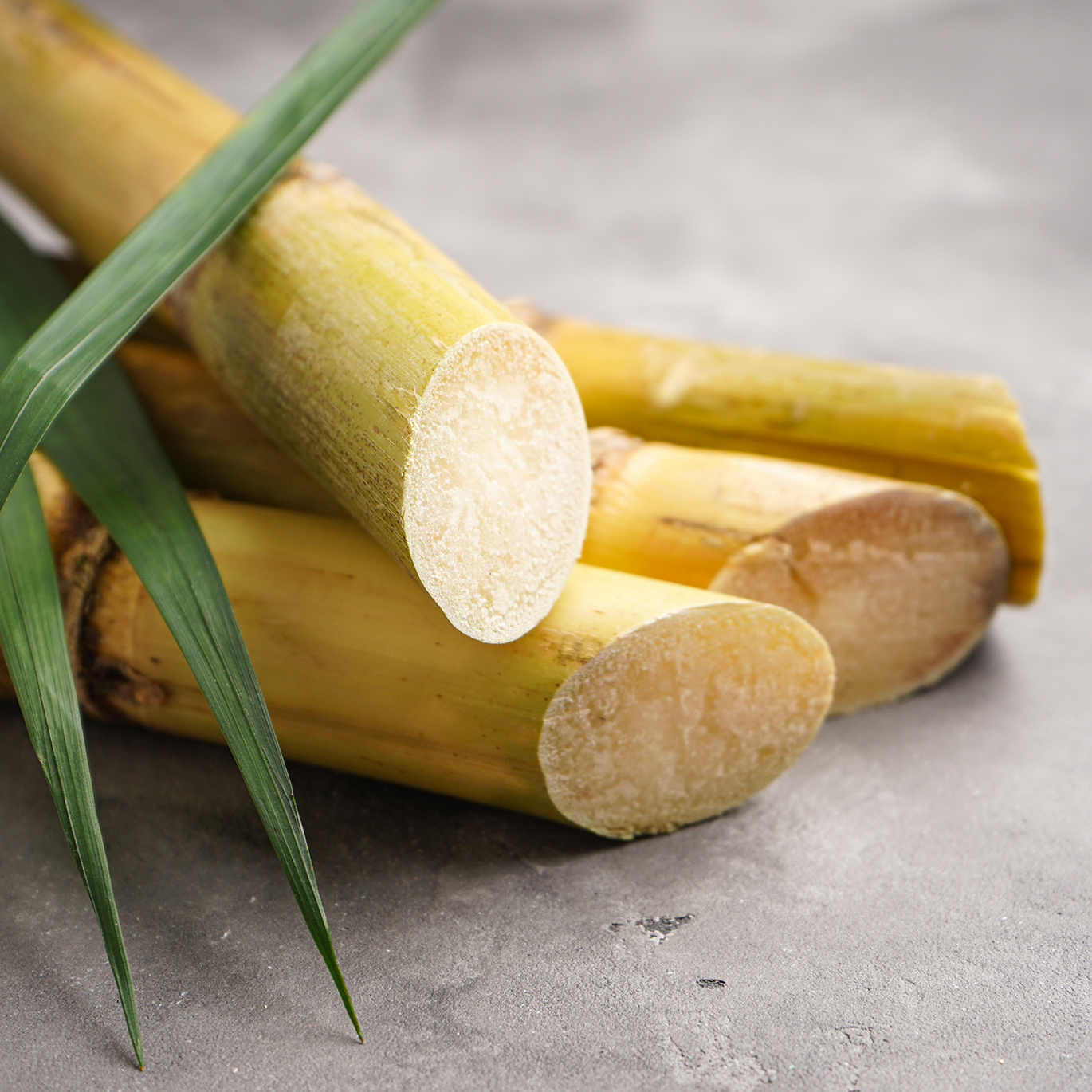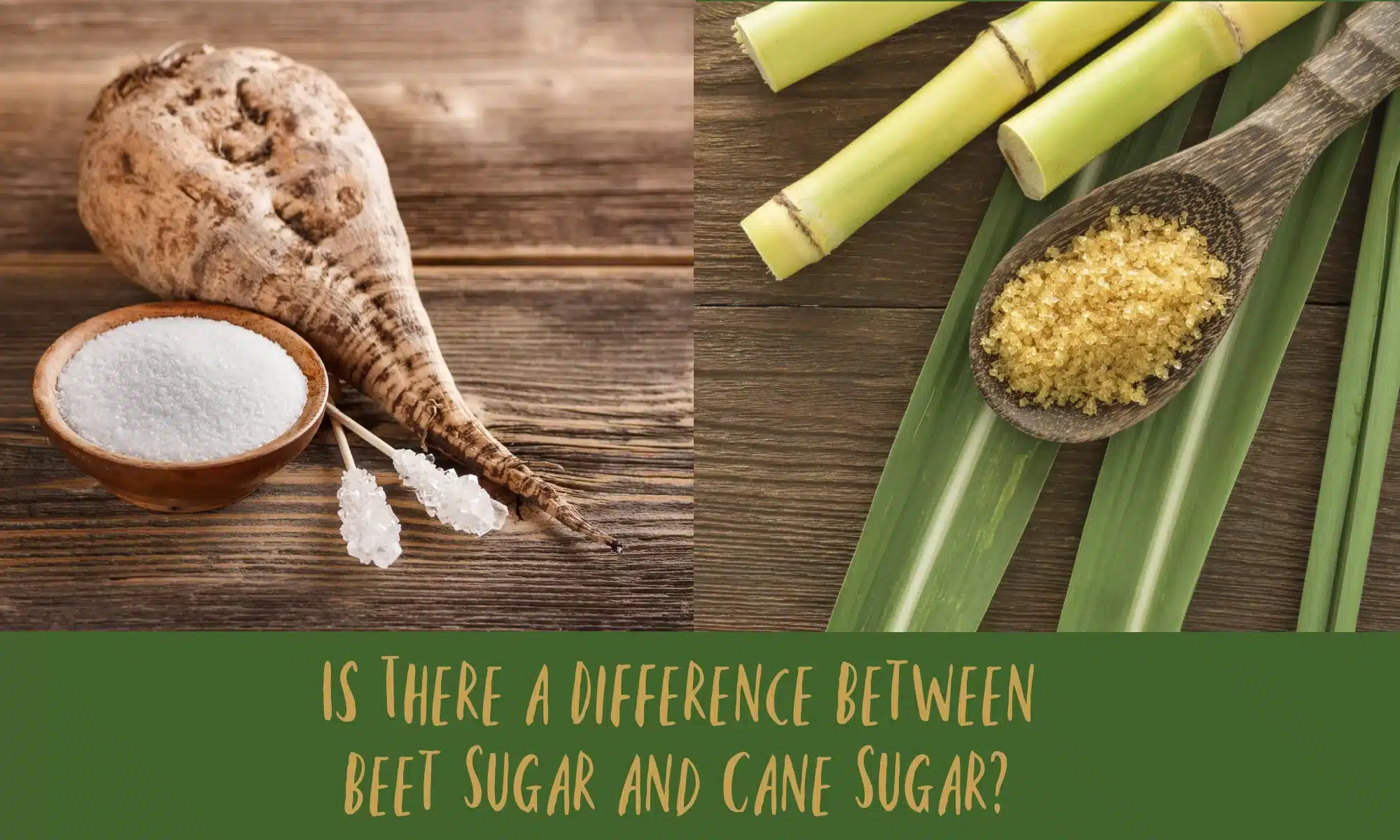Discover the Health Benefits of Sugar and Cane in Your Diet
Wiki Article
Why Walking Cane Sugar Processing Chemicals Are Important for Modern Sugar Refining
The role of cane sugar handling chemicals in modern-day sugar refining can not be overstated, as they are important to boosting both the performance of extraction and the general high quality of the final product. Representatives such as phosphoric acid and particular flocculants are employed to remove impurities, leading to sugar that not just satisfies consumer expectations however additionally abides by market criteria. Nonetheless, the effects of these chemicals extend past top quality, discussing market characteristics and environmental considerations. This raises important concerns regarding the sustainability of such techniques and their effect on the future of sugar production.Role of Processing Chemicals
The efficacy of walking stick sugar handling pivots substantially on the strategic application of handling chemicals. These chemicals play a crucial role in enhancing the effectiveness and top quality of sugar removal and refining. From the preliminary phases of juice removal to the last purification steps, processing chemicals help with various essential operations.In the extraction phase, chemicals such as phosphoric acid and calcium hydroxide are utilized to optimize the information procedure, helping to eliminate impurities and suspended solids from the walking cane juice. This not only boosts the yield however likewise ensures the quality of the last product. Additionally, agents like flocculants aid in the quick settling of impurities, consequently streamlining the overall process.
As the processing developments, chemicals are made use of in decolorization and crystallization phases. Triggered carbon and ion exchange materials serve to remove color and odor, ensuring that the refined sugar satisfies consumer top quality requirements. Ultimately, the role of processing chemicals extends beyond functional performance; they significantly affect the sensory characteristics of the end product, adding to market competition. Thus, the thorough selection and application of these chemicals are important for attaining optimal end results in walking cane sugar processing.
Key Sorts Of Chemicals
Cane sugar processing relies on a range of key chemicals that assist in each stage of production. These chemicals play important roles in clearing up, lightening, and purifying the sugar drawn out from walking cane.One main category of chemicals includes flocculants, such as polyacrylamide, which help in the clarification process by advertising the aggregation and settling of contaminations. In addition, calcium hydroxide is commonly employed to reduce the effects of level of acidity and assist in the removal of non-sugar components.
Lightening agents, such as triggered carbon and sulfur dioxide, are made use of to decolorize the syrup, leading to a more clear final product. These chemicals aid get rid of shade substances that may impact the sugar's look and bankability.
Moreover, phosphoric acid works as a pH regulatory authority during the handling stages, guaranteeing ideal problems for the chemical activities associated with sugar extraction and filtration.
Other crucial agents include edta (ethylenediaminetetraacetic acid), which chelates steel ions that might militarize undesirable reactions, and salt hydroxide, which assists in pH control throughout the refining process. Collectively, these chemicals improve effectiveness and guarantee a top quality cane sugar product.
Advantages for Sugar Top Quality
Usually overlooked, making use of details handling chemicals considerably improves the total quality of walking cane sugar. These chemicals play a crucial role in refining processes, guaranteeing that the final item meets rigid industry criteria for purity and preference.
In addition, processing chemicals assist in achieving a constant granulation and structure, which are important for customer approval. By regulating the condensation procedure, these chemicals guarantee that the sugar crystals develop uniformly, causing an extra enticing product that dissolves well in various applications.
Furthermore, making use of these chemicals can improve the service life of walking cane sugar by reducing moisture absorption and microbial development. Overall, the tactical application of handling chemicals is essential for supplying premium walking stick sugar that satisfies customer expectations and industry needs.
Environmental Influence Considerations

Moreover, the energy-intensive nature of sugar refining, intensified by chemical usage, typically causes raised carbon exhausts. This adds to climate change and raises issues relating to the sustainability of present refining techniques. Additionally, the sourcing of these chemicals may include practices that threaten biodiversity, such as monoculture farming, which decreases the durability of agricultural environments.

To reduce these effects, sugar refiners are increasingly discovering lasting alternatives and adopting best methods that lessen chemical usage. Implementing rigorous ecological management systems can help make certain that the refining procedure lines up with environmental criteria and advertises biodiversity. Inevitably, a balanced approach that focuses on both sugar high quality and environmental stewardship is essential for the lasting feasibility of the sugar industry.
Future Fads in Refining
As the sugar market grapples with the ecological difficulties related to standard refining methods, Learn More Here ingenious strategies are emerging to enhance both effectiveness and sustainability. One significant trend is the fostering of green chemistry concepts, which prioritize using safe, naturally degradable handling chemicals. This shift not just reduces environmental influence however also addresses customer demand for cleaner production techniques.Another encouraging development is the execution of advanced purification modern technologies, such as membrane splitting up and adsorption processes. These methods improve the quality sugar and cane and quality of the sugar while lowering the volume of wastewater produced throughout refining. Additionally, the assimilation of digital modern technologies, including IoT and AI, is changing functional efficiency by enabling real-time tracking and anticipating upkeep, thus lessening resource waste.
Moreover, the use of spin-offs from sugar refining, such as bagasse and molasses, is obtaining traction. These materials can be exchanged biofuels or value-added products, adding to a circular economic situation within the sector. Jointly, these trends signal a shift towards even more sustainable practices that not only improve operational effectiveness however additionally straighten with global sustainability objectives, guaranteeing the future feasibility of sugar refining.
Final Thought
Cane sugar handling chemicals are vital in modern-day sugar refining, substantially improving the efficiency and top quality of sugar removal. The strategic use of these chemicals not just enhances the purity and flavor of the end product yet also makes certain regular formation and appearance. As the sector progressively prioritizes sustainability, the fostering of environmentally-friendly handling agents is likely to shape future trends in refining, eventually causing greater high quality products and prolonged service life for customers.
Ultimately, a balanced approach that focuses on both sugar quality and environmental stewardship is vital for the long-term practicality of the sugar industry.
Cane sugar handling chemicals are crucial in modern sugar refining, significantly enhancing the performance and quality of sugar extraction.
Report this wiki page